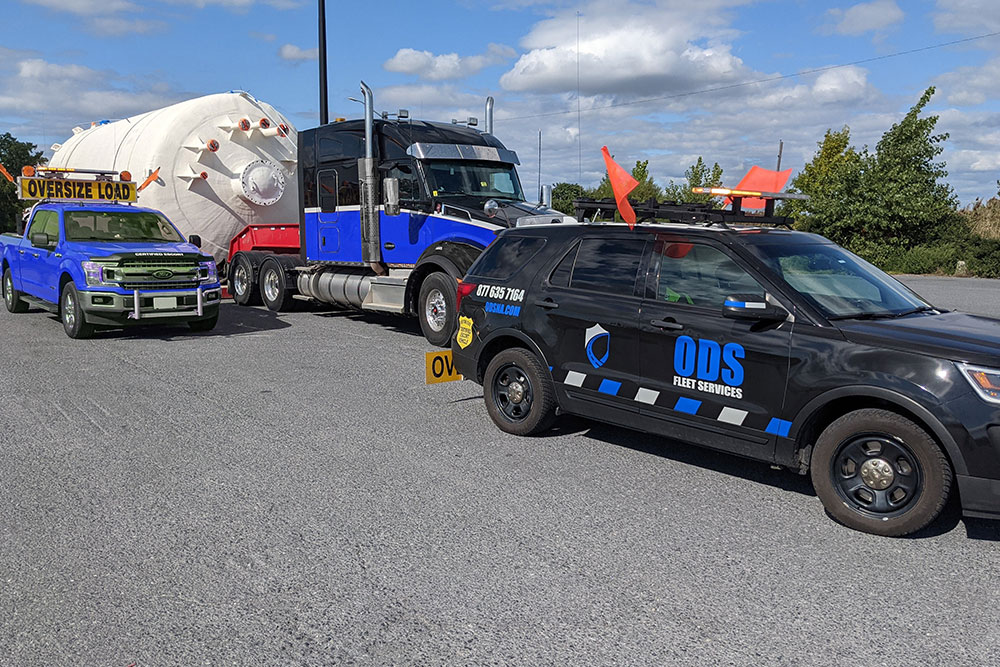In the transportation industry, the safe and efficient transport of oversized loads such as heavy equipment, machinery, and other large cargoes is essential. To ensure the smooth movement of these loads on highways and interstates, pilot cars play a crucial role in escorting and guiding oversized vehicles. Pilot cars, also known as escort vehicles or flag cars, help alert other drivers, assist with traffic control, and navigate challenging routes.
Why Pilot Cars are Necessary
Pilot cars are required for oversize load transportation due to the size, weight, and dimensions of the cargo being transported. These vehicles often exceed the standard legal limits for width, length, height, and weight, making them potentially hazardous to navigate through regular traffic without proper escort and guidance.
Pilot Car Requirements for Different Types of Loads
1. Heavy Equipment
Heavy Equipment – such as construction machinery, cranes, bulldozers, and excavators – are commonly transported using pilot cars. These loads require specialized transportation due to their weight, size, and unique dimensions.
- Pilot Car Escort: Heavy equipment loads typically require one or more pilot cars to escort the transport vehicle. The number of pilot cars needed depends on the size and weight of the equipment being transported.
- Warning Signs: Pilot cars must display warning signs, flags, and lights to alert other drivers of the oversized load ahead.
- Communication: Pilot car drivers communicate with the transport vehicle driver using two-way radios to coordinate movements, lane changes, and stops.
2. Machinery
Machinery – such as industrial equipment, generators, and agricultural machinery – may also require pilot car escort when being transported on highways or interstates.
- Route Planning: Pilot cars assist in route planning, identifying potential obstacles, low bridges, or tight turns that may require alternative routes.
- Safety Measures: Pilot cars ensure that the machinery load is securely fastened and that all safety precautions are taken before and during transport.
- Traffic Control: Pilot cars help control traffic flow, especially during lane closures or when passing through congested areas.
3. Other Large Loads
Other large loads, such as prefabricated structures, wind turbine components, and oversized vehicles, also require pilot car escort to ensure safe and efficient transport.
- Regulatory Compliance: Pilot cars must comply with state-specific regulations regarding pilot car certification, insurance, and equipment requirements.
- Emergency Response: Pilot cars are trained to handle emergency situations, such as accidents, breakdowns, or adverse weather conditions, to ensure the safety of the oversized load and other road users.
- Professionalism: Pilot car drivers are expected to maintain a high level of professionalism, courtesy, and adherence to traffic laws while escorting oversize loads.
Pilot cars are a vital component of oversize load transportation, ensuring the safe and efficient movement of heavy equipment, machinery, and other large cargoes on highways and interstates. By adhering to pilot car requirements and regulations, transport companies can mitigate risks, protect road users, and comply with state and provincial laws governing oversized load transportation.
Next time you see a convoy of oversized vehicles on the road, remember the unsung heroes behind the scenes – pilot car drivers who play a critical role in ensuring the successful delivery of heavy equipment, machinery, and other large loads across the United States and Canada.

